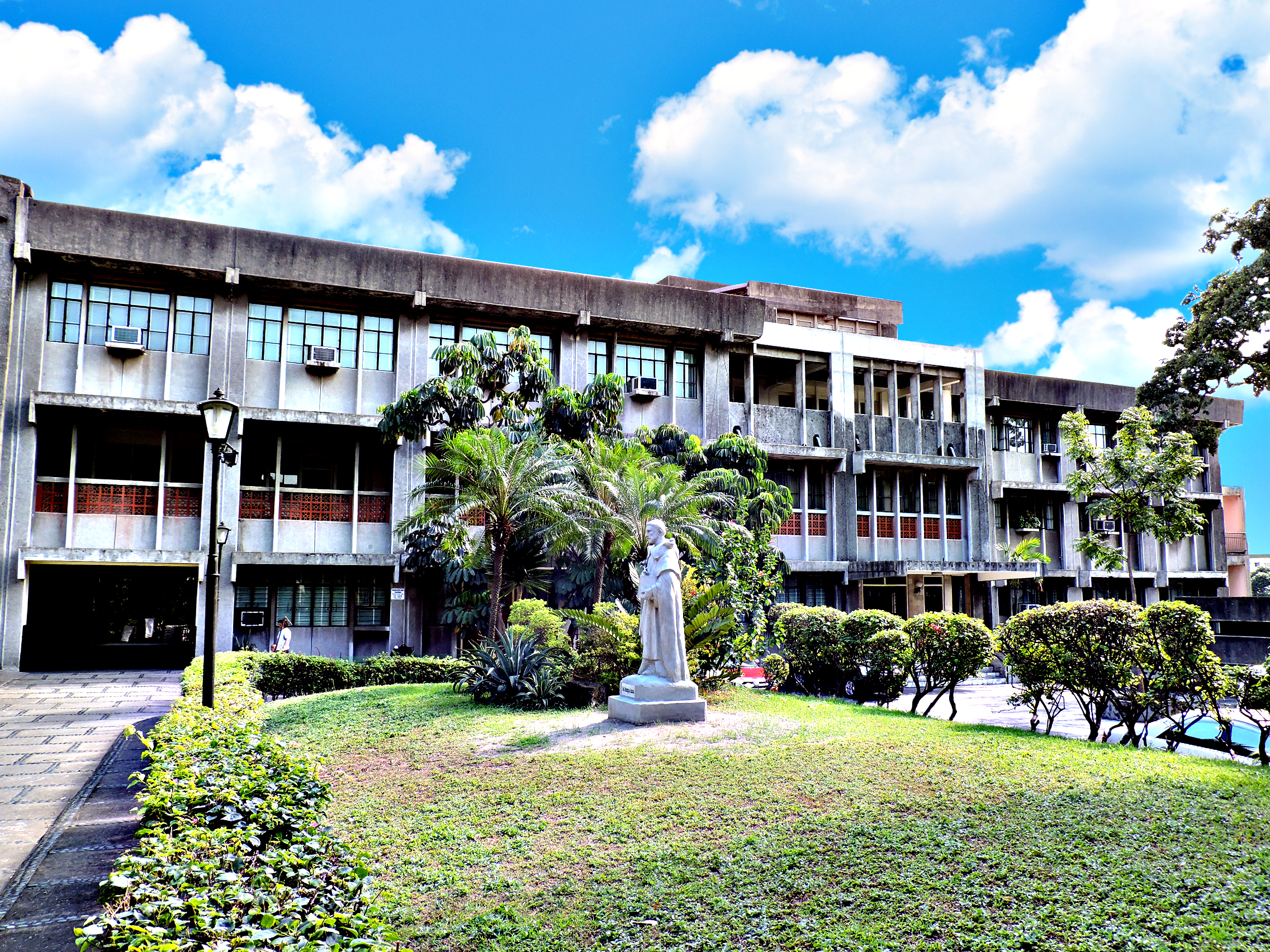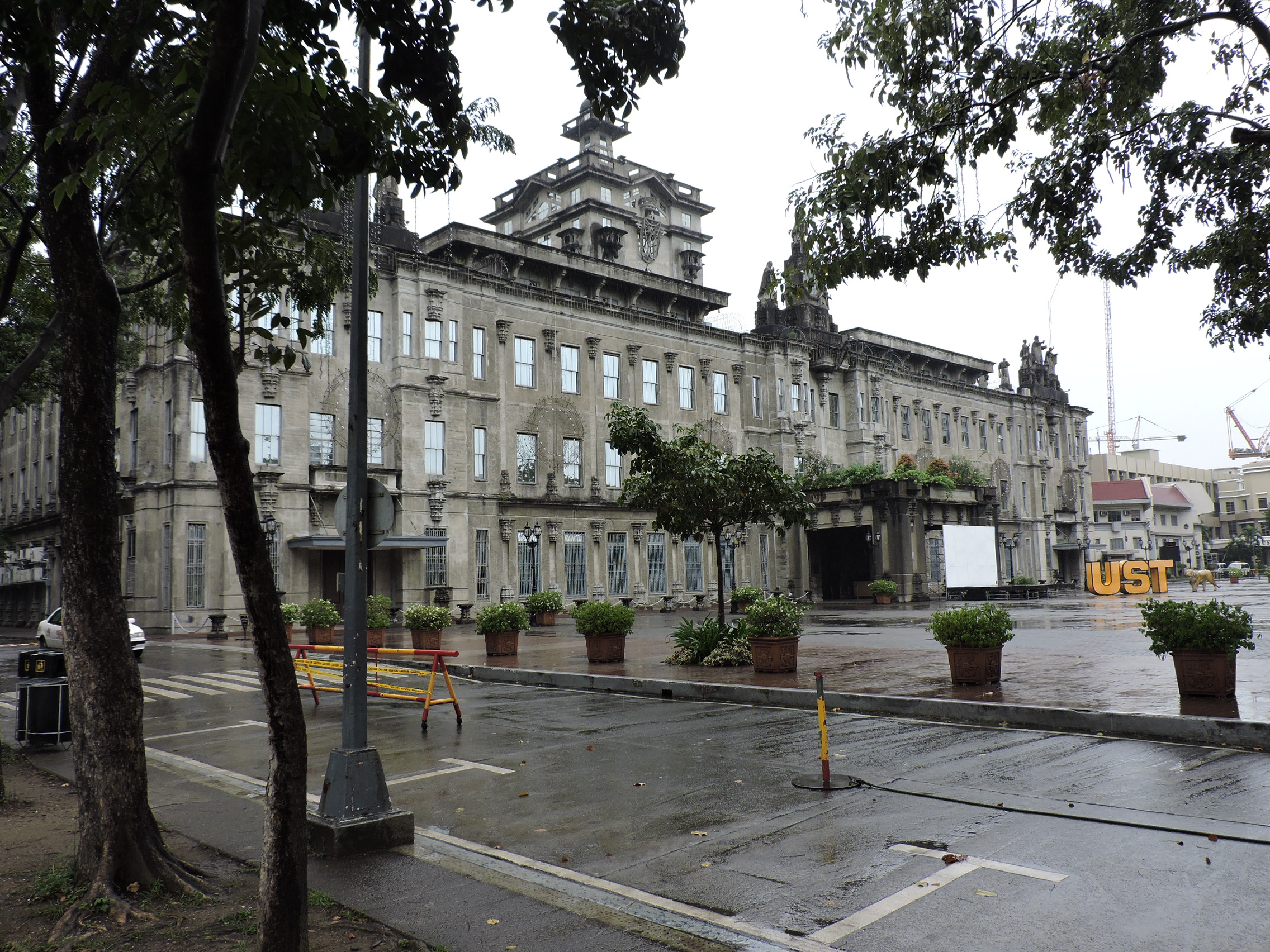HISTORY
On December 1, 1971, the Master of the Order, Br. Aniceto Fernandez, issued the document “Iamab anno 1579” creating the Dominican Province of the Philippines. The Master himself officially inaugurated the Province on December 8, 1971 in the church of Santo Domingo in Quezon City.
The Mother Province of Our Lady of the Rosary bequeathed the following priories and houses to the new Province: Convento de Sto. Domingo, in Quezon City; San Juan de Letran, in Manila; Ntra. Sra. del Rosario, in Manaoag (Pangasinan); San Raimundo de Peñafort, in Legazpi City; Ntra. Sra. del Rosario, in Jaro, IloIlo City (Panay Island); and the mission in the Babuyan Islands.
The Province kept for herself only the Convento de la Santa Cruz in San Juan City, Metro Manila, the ministry of the personal parish for the Chinese community in Binondo and the school (Lorenzo Ruiz Academy), the mission in Batanes Islands and the property called Dominican Hill in Baguio City.
In 1977 the Brothers of the Province residing in the Philippines petitioned the Provincial Chapter to be held in Avila (Spain) to raise their presence in the Philippines to the status of Provincial Vicariate. Having met all the requirements stipulated in our Constitutions, the said Chapter approved the petition (ACP, 1977, n. 389).
On November 30, 1977, the Provincial, Br. Pedro Sansegundo OP, issued the document, erecting the “Provincial Vicariate of Our Lady of the Rosary in the Philippines.” The document stated:
. 1) The Provincial Vicariate of Our Lady of the Rosary is erected in the Philippines.
. 2) All brothers ministering in the Philippines and under the jurisdiction of the Province are assigned to the Vicariate.
. 3) Priories and houses under the immediate jurisdiction of the Province in the Philippines belong to the Vicariate.
On December 1, 1977, the brothers with active voice were called to proceed
to the election of a Vicar Provincial. Br. Pedro González Tejero OP was confirmed on 11 July 1978. The election was accepted on July 16, 1978 in Convento de Ntra Sra del Rosario de Madrid. On September 30, 1978 the new Vicar Provincial was installed in Convento de la Santa Cruz, San Juan, Metro Manila,
Having met all the requirements from the Ordinary of the place as well as from the Province of the Philippines, the ministry of Binondo became a religious house on April 12, 1982, as stated in the document issued by the Master of the Order, Br. Vicent de Couesnongle O.P.
In the year 2001 our presence in Batanes Islands came to an end. The superiors informed the local Bishop and the Nuncio, as well as the Provincial of the Dominican Province of the Philippines, offering them the possibility of taking over such ministries.
Earlier in the 1990s, the Province asked the Vicariate to welcome young Asians who would like to become Dominican missionaries in the spirit of the Province. Here they would come to know the charism of the Order, the particular way with which the Province carries out the ministry of preaching. The Vicariate would also give them the opportunity to experience religious life in an international community and to acquire proficiency in English as lingua franca in the Province. Since then many brothers from Japan, Korea, Myanmar, Philippines, Taiwan and Vietnam were sent to the Vicariate. Some of them came to experience the Dominican way of life; some came for institutional and complementary studies.
In recently years, it becomes clearer that the Vicariate is once again playing a very important role in the preparatory formation of young vocations to the Order. It is a blessing for both the Province and the Vicariate when the friars in the Vicariates are always ready and willing to take in aspirants from different countries with different cultures, worldviews and educational backgrounds. This openness and generosity is the first sign of a community which lives to give new life rather than holding to the past.
Looking beyond the confines of the Vicariate and of the Province, we see hundreds of priests, seminarians and religious sisters from different countries of Asia are sent by their bishops or superiors to the Philippines for studies. It is a sign that tells the seed of faith is growing strong in the Philippine soil; it is a sign that reminds the Vicariate the dreams of the founding fathers of the Province to prepare, to educate and to send missionaries to evangelize the Far East.
This missionary zeal of our founding fathers of the Province, which is a sharing of our Father St. Dominic’s charism for preaching, must live on and be transmitted to the coming generations.
The characteristics of the Vicariate are as follows:
. 1) The Vicariate is within the territory of the Dominican Province of the
Philippines. It is therefore restricted in its expansion by the norms
established in LCO regarding this matter (cf. LCO. 261.3).
. 2) It is made of the religious houses, Dominican Fraternities, associations of the faithful, parishes, schools and other entities or moral persons with the properties that have been acquired or will be acquired in the future or being directed or subsidized spiritually, intellectually or financially by the Province of Our Lady of the Rosary within the territory of the
Philippines.
. 3) The Vicariate is closely related to the Province of Our Lady of the Rosary
in government and keeps alive the missionary dynamism by living out prophetically and harmoniously the multicultural and multinational dimensions of the Province. (cf. ACGTr.170; ACPA 2013. 78.)
. Priorities of the Vicariate
We identify six priorities in the Vicariate:
. 1) Renewed evangelization sprung from the union with God and rooted in a
fraternal community life (cf. ACPA 2013. 101);
. 2) Faithful commitment to be at the service of the local Church (cf. ACPA
2013.11);
. 3) Active involvement in the media apostolate;
. 4) Diligent collaboration with the Province in the promotion of vocations
and in the formation of young Dominicans;
. 5) Effective Christian formation of the youth through education;
. 6) Unwavering dedication to the work of justice and peace.
The first Church and Convent were constructed between the years 1602- 1604 on the site donated by Captain Julián de Cuenca.
During the Chinese uprising in 1639, a fire destroyed both the Church and the Convent. With the restoration of the Church and the Convent in 1641, arrived the image of the Santo Cristo. Devotion to the sacred image spread rapidly. At the same time, the confraternity of Santo Cristo was established and was approved by Pope Innocent X with the Bull Considerantes Nostrae Mortalitatis, on 4 March 1648.
The Church and the Convent were set on re in July 1763 during the British occupation and were once again rebuilt in 1774.
On 18 July 1890, a strong earthquake left the building inhabitable. The political situation of the decade caused a lot of insecurity and ended with the uprising of the Filipino people against the Spaniards. During that time, the Fathers left San Juan for Santo Domingo Convent in Instramuros, carrying with them the image of the Santo Cristo.
On 23 June 1914, the Santurio was reopened. In 1942, the Santuario was erected parish pleno iure.
In 1965, Aquinas school was founded. The House was erected Convent in 1969. In 1963, the work of enlarging the Santuario started and it was finished at the same time with construction of the new convent in 1978.




